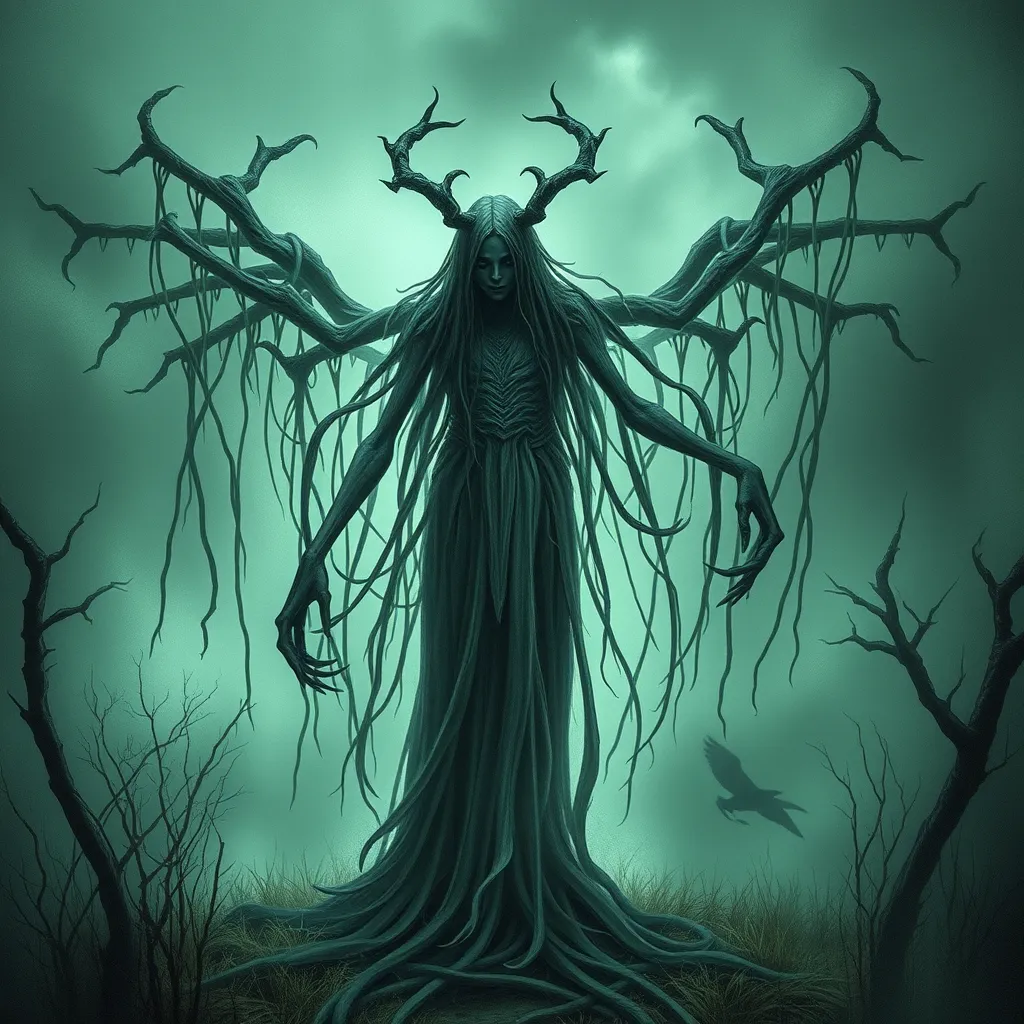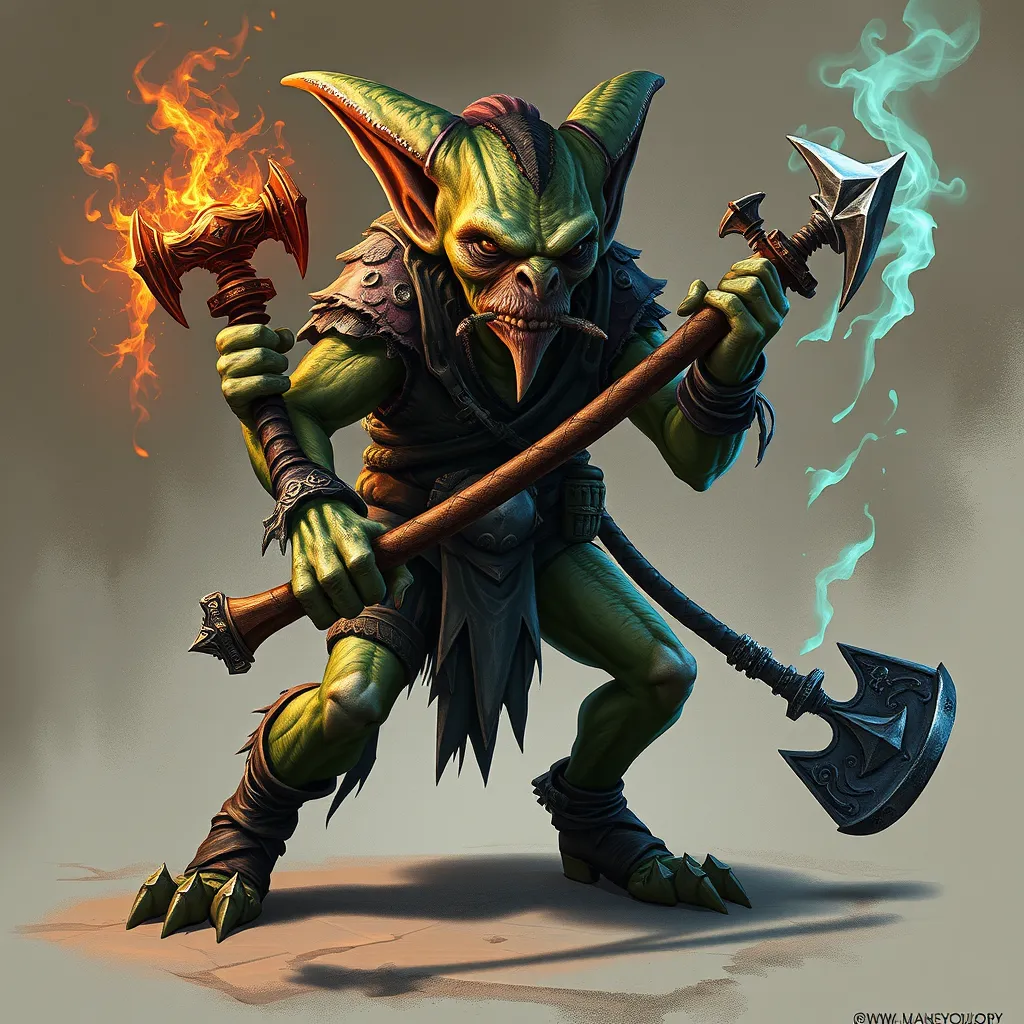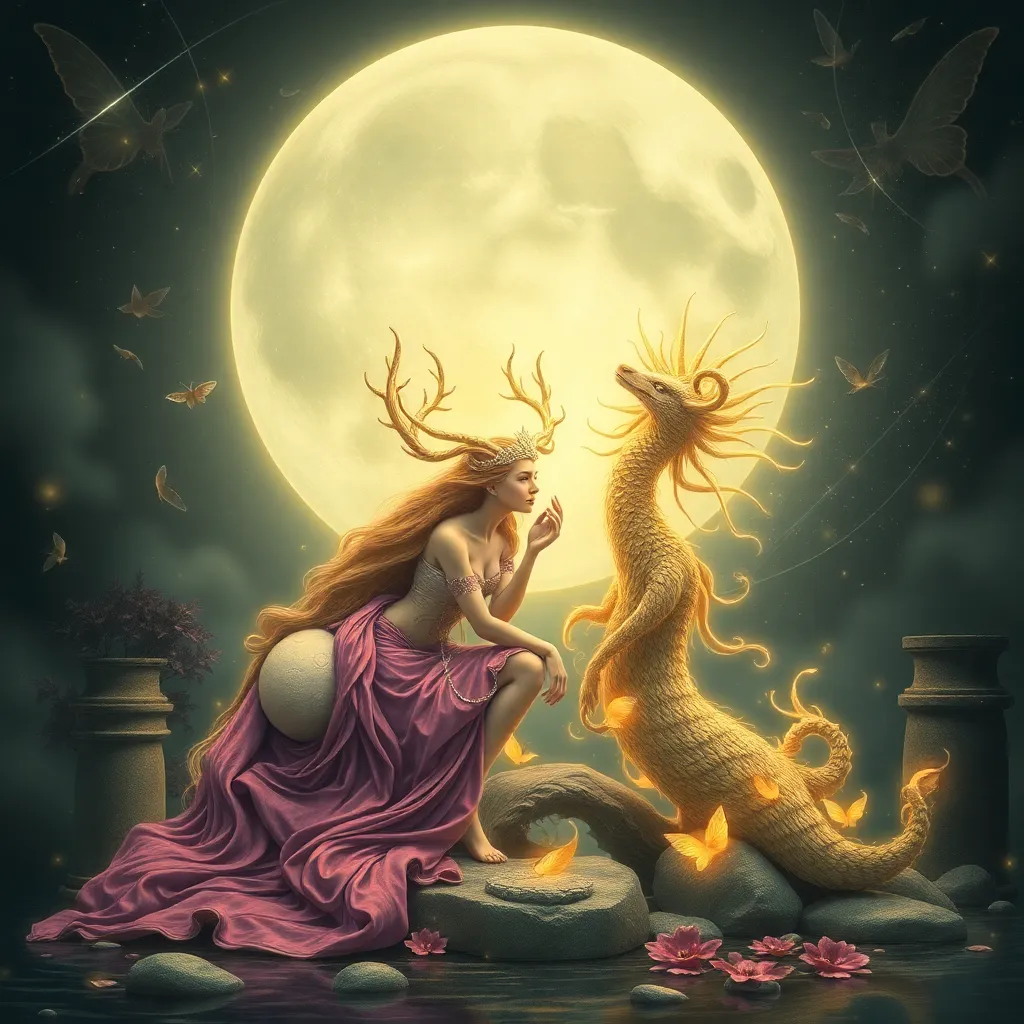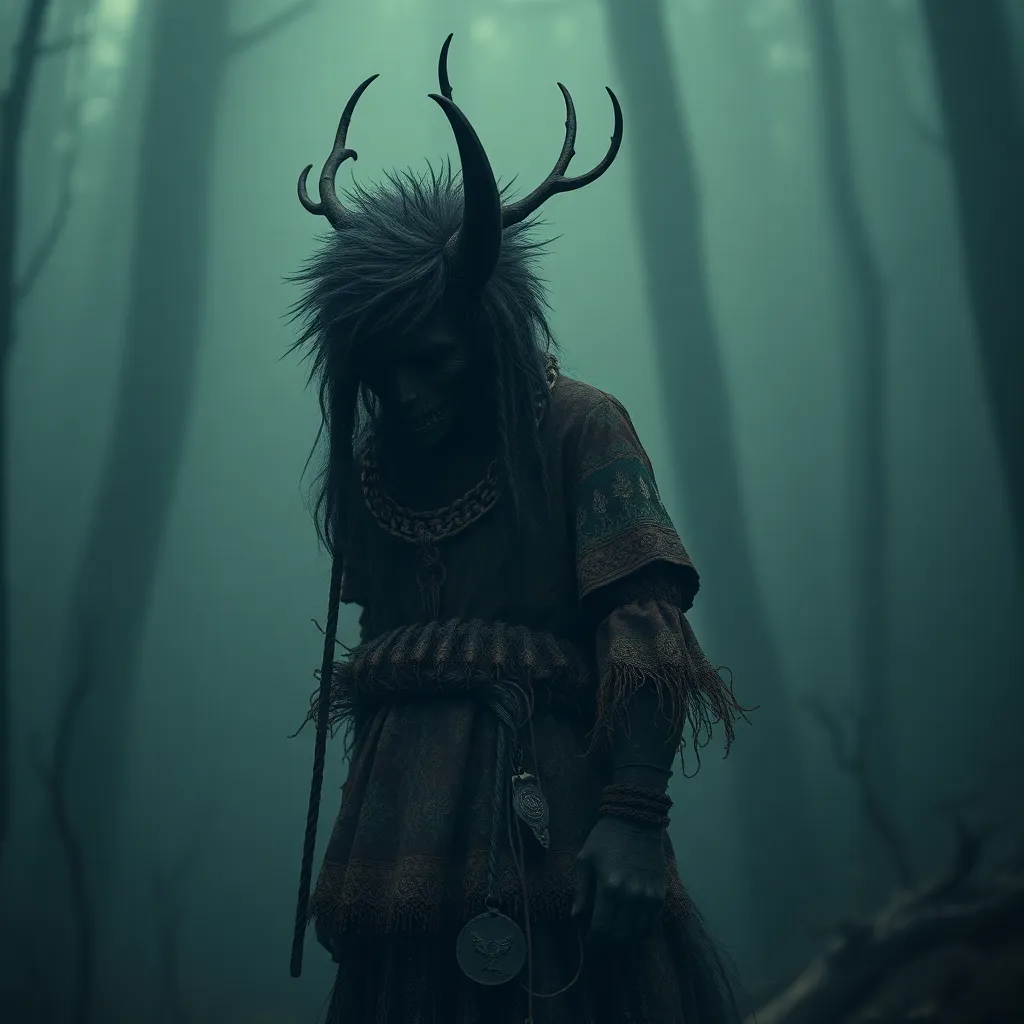Exploring the Banshee Myth in British Folklore: From Celtic Roots to Modern Interpretations
I. Introduction
The Banshee, a figure steeped in mystery and lore, is a prominent element of British folklore, particularly within the Celtic traditions of Ireland, Scotland, and Wales. Known as a harbinger of death, the Banshee’s wail is said to foretell the demise of a family member. This article delves into the multifaceted nature of the Banshee myth, exploring its historical origins, characteristics, regional variations, representations in literature and art, modern interpretations, and its role in comparative mythology.
Understanding the Banshee is crucial for appreciating its significance in British cultural history, as it reflects deep-rooted beliefs about death, mourning, and the feminine experience. This article aims to provide a comprehensive overview of the Banshee, tracing its evolution from ancient folklore to contemporary interpretations.
II. Historical Origins of the Banshee Myth
A. The Celtic roots of the Banshee legend
The Banshee, or “Bean Sidhe” in Irish, translates to “woman of the fairy mound.” This connection to the Otherworld is central to understanding the Banshee’s role in Celtic mythology. The legend of the Banshee likely originated in ancient Celtic beliefs about the supernatural and the afterlife.
B. Connection to ancient Irish mourning traditions
In ancient Ireland, it was customary for women to lament the dead, often referred to as “keening.” The Banshee may have evolved from these practices, embodying the spirit of sorrow and loss. Her wail is thought to echo the cries of these mourners, linking her directly to the cultural practices surrounding death.
C. Influence of oral storytelling in the myth’s development
The Banshee myth has been shaped significantly by oral storytelling traditions. As stories were passed down through generations, the figure of the Banshee was embellished and adapted, leading to various interpretations that reflect the values and fears of different communities.
III. Characteristics and Symbolism of the Banshee
A. Common traits and descriptions of the Banshee
The Banshee is often described as a beautiful yet sorrowful woman, sometimes appearing as an old hag. Her hair is typically long and unkempt, and she is usually depicted wearing a grey or white dress. The most distinctive feature of the Banshee is her mournful wail, which is said to be heard before a death occurs.
B. Symbolism of the Banshee in relation to death and the afterlife
The Banshee serves as a symbol of impending death, representing the thin veil between life and the afterlife. Her presence is both feared and respected, as she embodies the inevitability of death and the mourning process that follows.
C. The Banshee as a figure of feminine power and sorrow
The Banshee is also a powerful feminine figure. Her wailing is a form of expression that highlights the emotional weight of loss. In many ways, she represents the strength and vulnerability of women in the face of grief, making her a complex character within folklore.
IV. Regional Variations of the Banshee Myth
A. Differences in Banshee depictions across Ireland, Scotland, and Wales
While the Banshee is primarily known in Irish mythology, similar figures exist in Scottish and Welsh traditions. In Scotland, the Banshee is often referred to as the “Bean Nighe,” a washerwoman who appears at rivers, foretelling death by washing the clothes of the deceased. In Wales, the “Ceffyl Dwr” is a water horse associated with similar themes of mourning.
B. Local legends and interpretations of the Banshee
- Irish Banshee: Often linked to specific families and known by name, she is personalized within local lore.
- Scottish Bean Nighe: Has connections to the battlefields, appearing to those who are about to die in combat.
- Welsh Ceffyl Dwr: Tied to water, her presence suggests not only death but also transformation.
C. Impact of geography and culture on the Banshee narrative
Geography and cultural practices significantly influence how the Banshee is perceived in different regions. Local customs, beliefs, and the natural landscape shape the narratives surrounding her, leading to diverse interpretations that reflect the unique cultural identities of each area.
V. The Banshee in Literature and Art
A. Representation of the Banshee in classic and contemporary literature
The Banshee has inspired numerous literary works, from ancient texts to modern novels. Classic literature often portrays her as a foreboding figure, while contemporary interpretations may explore her character in more nuanced ways, delving into themes of grief and empowerment.
B. Artistic portrayals of the Banshee in paintings and performances
Artists have long been fascinated by the Banshee, capturing her essence in paintings, sculpture, and performance art. These artistic interpretations highlight her dual nature as both a harbinger of death and a symbol of deep sorrow.
C. Influence of the Banshee myth on popular culture
In modern popular culture, the Banshee appears in films, television shows, and video games, often reimagined in ways that blend traditional elements with contemporary themes. This ongoing fascination illustrates the Banshee’s adaptability and relevance in today’s storytelling.
VI. Modern Interpretations and Relevance
A. The Banshee in modern media (films, TV shows, etc.)
Recent media portrayals of the Banshee often focus on her tragic nature, exploring themes of loss and the struggle against fate. Shows like “Supernatural” and films such as “The Crying Game” have integrated Banshee elements, showcasing her relevance in contemporary narratives.
B. Contemporary interpretations and adaptations of the myth
Modern adaptations of the Banshee myth frequently highlight her as a more sympathetic character, emphasizing her connection to grief and the complexities of mourning. This shift allows for deeper explorations of emotional themes that resonate with today’s audiences.
C. The Banshee’s role in discussions about grief and loss today
The Banshee serves as a powerful metaphor for grief and loss in contemporary society. Her story encourages discussions about how we cope with death, the importance of expressing sorrow, and the cultural rituals surrounding mourning.
VII. The Banshee in Comparative Mythology
A. Similarities between the Banshee and other mythological figures worldwide
The Banshee has counterparts in various cultures, such as the Greek “Moirai” (Fates) or the Slavic “Rusalka,” both of which embody themes of death and the afterlife. These similarities highlight universal human concerns regarding mortality.
B. Cross-cultural themes of death and mourning in folklore
Folklore across cultures often reflects the collective anxieties surrounding death. The Banshee’s narrative resonates with similar myths, emphasizing the shared human experience of loss and the rituals that accompany it.
C. The universal appeal of the Banshee narrative
The Banshee’s story transcends cultural boundaries, appealing to the universal emotions tied to death and mourning. Her enduring legacy showcases the power of folklore to connect people across time and space through shared experiences of grief.
VIII. Conclusion
A. Summary of the Banshee’s significance in British folklore
The Banshee is a compelling figure within British folklore, embodying themes of death, mourning, and feminine power. Her rich history and diverse interpretations reflect the cultural values of the societies that have celebrated her.
B. Reflection on the enduring legacy of the Banshee myth
The Banshee’s legacy continues to evolve, adapting to modern sensibilities while retaining its core significance. As a symbol of grief and the afterlife, she provides comfort and understanding in the face of loss.
C. Final thoughts on the importance of preserving folklore in modern society
In a rapidly changing world, preserving folklore like the Banshee myth is vital. These stories offer insights into cultural identities and human emotions, reminding us of our shared experiences and the rich tapestry of our collective history.



